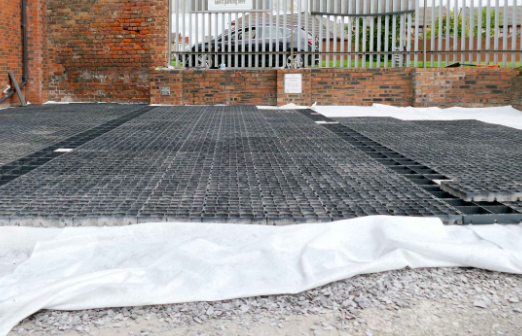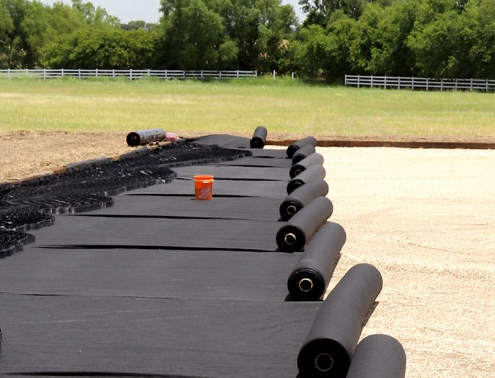- Understanding the Role of Geomembrane Liners in Waste Management
- Innovations in Geomembrane Liners for Water Management
- Geomembrane Liners: A Comprehensive Guide
- The Future of Geomembrane Liners in Civil Engineering
- Geomembrane Liners: Enhancing Landfill Stability
Manager:Alvin Wang
WhatsApp:+62 8983806051
Tel:+86 10-5797-1075
Email:steelwang@okorder.com
Address:3rd Floor, No.2 Building, No.1 Sanlihe Road
What are the three types of geotextiles?
Geotextiles have become inevitable in various civil engineering and construction projects due to their versatility and efficiency in soil stabilization, erosion control, and drainage management. Three prominent categories of geotextiles among the many others available include: wholesale geotextile, polyester geotextiles, filament geotextile. Each category has distinct properties and advantages for all applications including geotextile slope protection as well as geotextile slope stabilization.

Wholesale Geotextile: An Overview
Wholesale Geotextiles refer to bulk quantities of such materials bought directly from manufacturers or suppliers. They come in rolls or sheets and are usually used on a large scale where huge quantities of these materials are needed. This option saves costs and is convenient mainly for contractors or developers who undertake extensive construction or infrastructure work.
Within the domain of geosynthetic slope protection / stabilization processes it should be noted that wholesale geosynthetics play an important role in strengthening soil structures so as to prevent against erosion. By distributing loads applied thereon they contribute towards strong durable slopes, embankments as well as retaining walls.
Polyester Geotextiles: Strength and Durability
Synthetic polyester fiber made into polyester geotextiles possesses impressive strength, high durability and resistance to environmental factors like UV radiation and chemicals. Polyester thus becomes appropriate when long term performance required such us geosynthetic slope protection/stabilization in harsh environments which pose immense challenges.
One use for them is when they act like barriers that stop soil erosion along with surface run off on slopes minimizing degradation risks on targeted slopes. The protective layer remains uncracked under harsh conditions because of its high tensile strength puncture resistance thus extending the life time of the engineered structure.
Geosynthetic Slope Stabilization: Ensuring Structural Integrity
This method involves utilizing some specific geo textile materials to enhance the stability and reinforcement of high angle slopes, embankments and retaining walls hence minimizing the chances of soil erosion, landslides, sliding. This approach is based on using mechanical properties of geotextiles to enhance slope integrity and soil retention combined with vegetation growth.
When it comes to geosynthetic slope stabilization, choosing the right geotextile material is crucial for optimum performance and durability. Filament geotextiles that are characterized by having continuous filament construction have high tensile strength and modulus making them ideal for demanding stabilization applications.
Filament Geotextile: Strength in Continuous Threads
Compared with staple fiber geo textiles filament geotextiles are constructed from continuous filaments which give them greater strength stiffness and dimensional stability. This type of structural composition enables them to endure heavy burdens without any deformation hence they are suitable for such applications where strong reinforcement is needed over a long period of time.
In geosynthetic slope stabilization situations, the strip strengthening technique allows for improved soil matrix integrity as well as transferal of applied loads thus reducing risks associated with mass movement such as landslide failure inherent in slopes. Their high tensile strength ensures that filament reinforced slopes do not fail under dynamic loading conditions common with steep areas thereby resulting in stable slope stabilization solutions.

Conclusion
In conclusion, the three types of geotextiles—wholesale geotextile, polyester geotextiles, and filament geotextile—each offer unique benefits and applications in the realm of geotechnical engineering and construction. Every wide tons for prominent projects, polyester textiles for stamina as well as resistance or filament textiles for resilience plus resolute will go a long way in getting the right type of textile to ensure a long-lasting performance in soil erosion prevention and stabilizing slopping by use of geotextiles. Once these fundamental characteristics are studied effectively by engineer be it from the contractor’s point view they will always be able to tackle with surety and quickly when it comes to dealing with issues like landslides, erosion among others which will affect soils on site."






